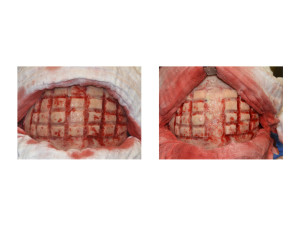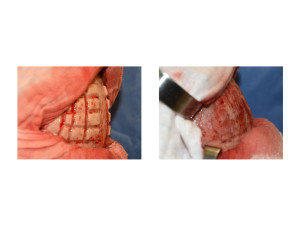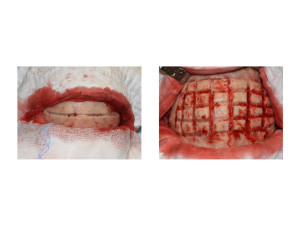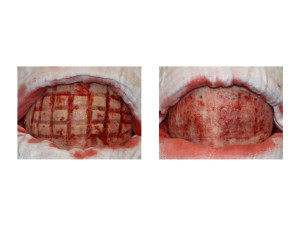While there are many different types of skull reshaping surgeries, the most limiting is the desire to have an overall smaller head. Because of the skull’s thickness, there are limits as to how much of the skull thickness that can be reduced. While there are great variabilities in the thickness of the human skull, safe reduction is limited to removal of the outer cortical layer. The skull is exactly like an Oreo cookie with three layers, two outer hard layers (cortex) and an inner softer marrow layer. (diploic space) For reasons of brain protection and bleeding, aesthetic reduction should go no further than the outer layer of the ‘cookie’.
The typical outer coretx of the skull is anywhere, on average, from 4 to 7mms thick in humans. This thickness is affected by gender, age and ethnicity. While reduction of such a ‘limited’ amount of skull thickness may not seem like much, it can appear much bigger than one would think when a broad surface area of it is removed. This is particularly true across the top of the skull between the temporal lines and in the forehead and back of the skull. Reduction along the sides of the skull is more greatly impacted by muscle reduction than it is by bone removal.
When doing large skull reduction areas, a burring technique is used as the most efficient and safest bone removal method. Burring allows for a controlled bone removal method so one can judge how when one is getting close to the diploic space of the skull. But when burring large skull areas it can be difficult to get it perfectly smooth and even across its convex surface. The procedure is also tedious and time consuming.


Any large skull reduction done for aesthetic purposes is accomplished by removing the outer cortex through bone burring. This checkerboard technique allows for both precision and safety.
Dr. Barry Eppley
Indianapolis, Indiana




